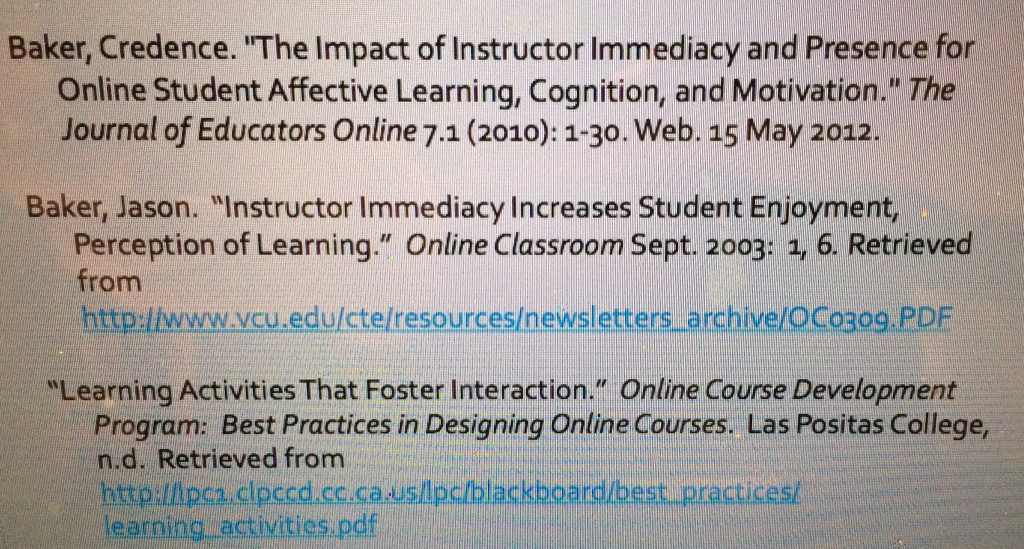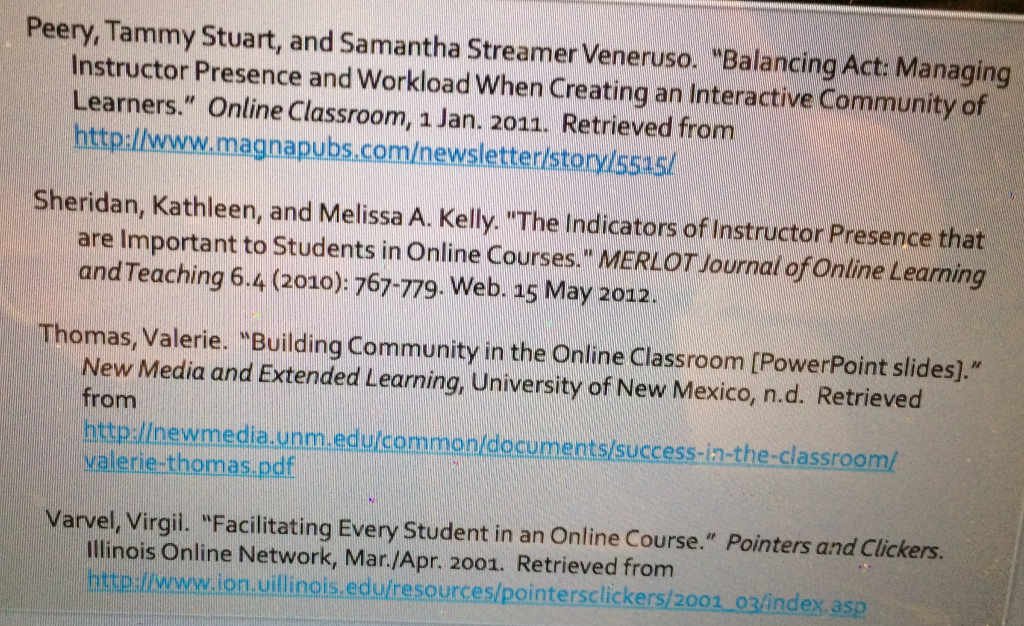This keynote was a highlight of the conference for me. It picks up a number of themes I wrote about in my masters’ project almost 20 years ago.
Dr. Rankin is the Director of Learning on the educational team at Apple Inc, with special responsibility for promoting and enhancing innovative teaching and learning. Before that he was a professor of English at Abilene Christian University. His keynote was on New Dimensions in Learning and Sustainability in Education
He presented a graph of student brain activity of students in various contexts. Students are least active when watching TV and when in class. Both are passive activities. If our goal is to engage students, then lecture is not the way to do it. Other educational activities like labs and homework engage learners. He challenged us by asking, “Does your school offer opportunities to engage learners?”
To illustrate active, engaged learning he showed a YouTube video of Fun Two (aka Jeong-Hyun Lim) playing Pachelbel’s Canon on his electrical guitar. He had taught himself to play guitar. You can see him playing the piece at this link. This New York Time article tells his story.
Students can do astonishing things because, thanks to the Web, they have astonishing access to recording studios and printing presses. Taps into the value of doing something real. Participatory culture, as opposed to consumer culture is the term that describes what Fun Two and other 21st Century learners are doing.
In participatory culture “young people creatively respond to a plethora of electronic signals and cultural commodities in ways that surprise their makers, finding meanings and identities never meant to be there and defying simple nostrums that bewail the manipulation or passivity of “consumers.”[1] http://en.wikipedia.org/wiki/Participatory_culture
In a participatory classroom our task as professors is to design is a plan for arranging instructional elements in such a way as best to accomplish a particular purpose . If we want to make a sustainable and creative learning environment, how do we do that? Key elements are structure, orientation, flexibility, equipment and infrastructure.
What does the classroom space we’re in communicate? The lecturer is in charge. We need to turn the traditional classroom structure on its head.
Another illustration . . . Dr. Rankin asked us who Sugata Mtra was. He gave us a few minutes to query our smart phones and tablets and we had the answer. He is famous for the ‘hole in the wall‘ experiment. He realized kids can teach themselves. Learning happens when you give access and community. The students in his project figured out how to use a PC on their own and then taught other kids. You do not need a teacher. They emerge naturally out of the group. This is particularly true for the younger generations. How many of us professors have had an Internet connected device in our pocket for half of our lives? Mitra has taking this to the next level with his call to help him design the School in the Cloud where children can use resources and mentoring from cloud computing to explore and learn from each other.
Control & Isolation
r + c / x time t = learning over teaching.
Seth Godin
Maria Montessori seeking reles of human potentials
Considering engagement
Edgar Dale Cone of experience The richer the experience the richer the learning. Imagining least rich. Seeing is a richer experience. Richest is when I actually do something.
Lev Vgotsky — How do you learn things you don’t already know? Really about conecting to other people. The distance betwee the actual developmental level as determined by independ problem
Ability to perform. Zone of proximal development.
Mihaly Csikszentmihalyi — Flow where you become so engaged you forget about your own physical needs. Function of challenge and skill.
Learing dimensions Content and community. Other dimension not done in school is context. To design new and sustainable learning exerpences we need all three dimensions. Add ZPD. Keep adding. Content becomes a commodity. Instructor provides challenging context. Content is no longer a problem. Context – creating
content – curation What is still relevant?
community – collaboration
Right now we are mostly burning off student energy.
2009 Half a Zetabyte. of internet cntent
2016 8 zetabye
2020 Internet will be doubling every two years.
We have to work together. The last thing we need to do to our students is to create a mono culture. Don’t turn students in standardized items. Douglas Adams Anything invented after youre 35 is against the natural order of things.
Fractals — itneratiwe design
Our task to to transform the future of learning by making it sustainable.

